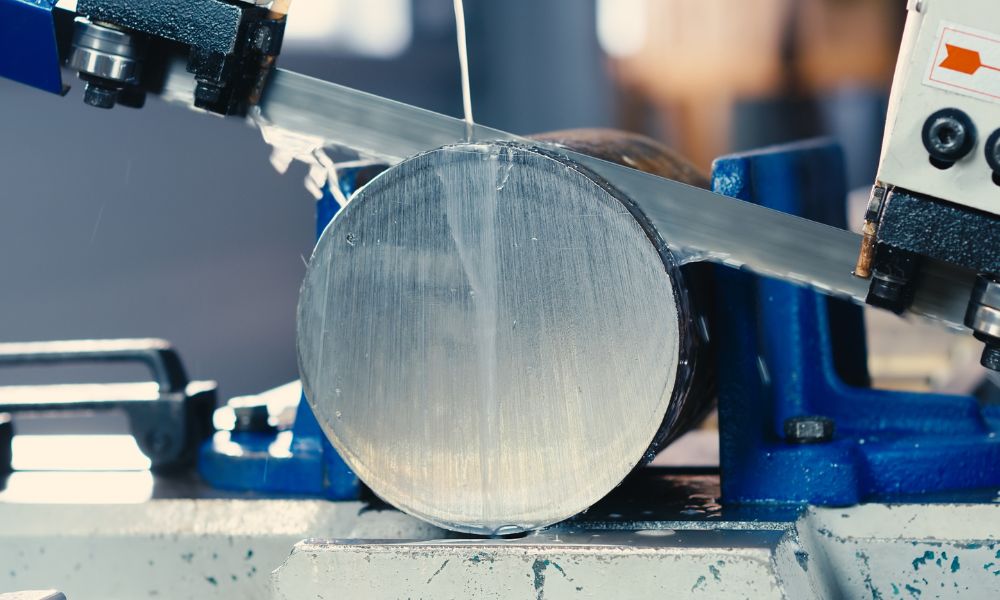Engaging in metalworking isn't just about the raw material. It's also about the tools you use. Among the essential inventory items for any metalworker are band saws and table saws, each with unique qualities for particular roles in the fabrication process. For the uninitiated, the distinctions between the two might seem razor thin. But for experienced metalworkers, these differences are as clear as the cuts they make. Continue reading to explore the difference between band saws vs. table saws.
Purpose and Use Cases
With their continuous band of toothed metal, band saws excel in cutting irregular shapes and complex curvatures. This makes them invaluable for intricate work, such as jewelry or model-making. Table saws, on the other hand, are the workhorses of straight-line cutting. Their circular blades are unmatched in speed and efficiency when slicing through bulkier materials like pipes and rods.
Design and Mechanism
Band saws feature a large, pivoting saw head with a flexible, continuous band blade. The vertical alignment of the blade assembly allows for cutting intricate shapes and creating curved designs with ease. Conversely, the table saw boasts a fixed circular blade that protrudes from its tabletop, dictating a linear approach to cuts. Their fixed positions ensure that all cuts are consistent and have repeatable accuracy.
Accuracy and Precision
In the realm of metalworking, precision is paramount. Band saws, with their ability to handle tough-to-cut materials, offer precision with a slower, more controlled process. Meanwhile, table saws with high-speed motors deliver swift and accurate cuts. The former shines in detail work, while the latter dominates with bulk cuts that require little room for error. For a metalworker, this is the difference between flawless craftsmanship and material wastage.
Safety Features
Due to their slower operation and material clamp systems, band saws are more forgiving in the event of a mishap, often preventing serious injury. Table saws, with faster cutting speeds and open blade configurations, require a disciplined hand and the use of protective guards to ensure operator safety. The choice of saw not only dictates the required safety protocols but also reflects the operator's expertise in handling machinery.
Cost and Maintenance
A substantial consideration for any workshop is the cost and maintenance of equipment. Band saws are generally more complex in design and, therefore, more labor intensive to maintain. Table saws are generally easier to keep in optimal condition because of their more straightforward construction. The initial investment in each saw can also vary. Band saws tend to be more expensive up front but potentially save money in the long run due to the slower blade degradation and maintenance cycles.
Understanding the difference between band saws vs. table saws is essential for metalworkers. The choice between band saws and table saws is significant because you’re selecting a partner to shape your creations. You must carefully weigh the nuances of design, precision, safety, and maintenance against the demands of the job. Is a band saw machine the right tool for your needs? At Kaka Industrial, we offer a range of well-designed equipment engineered to deliver accurate metal cutting. Browse our selection to find the right tools for your metalworking objectives today.

